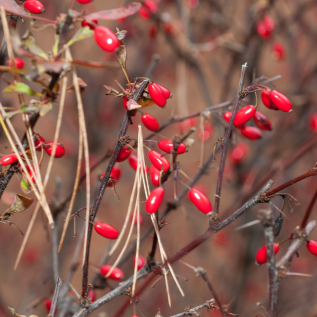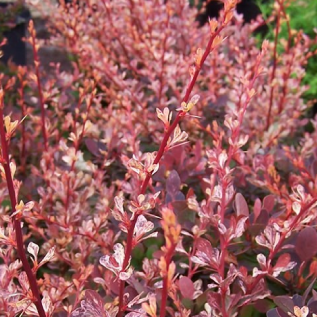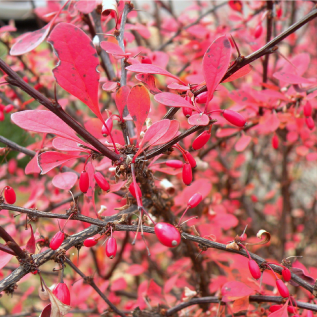Annual statice
Old-fashioned annual statice is found more often dried in crafts stores than growing in gardens. But this easy-to-grow plant is a great pick for containers or the middle of a border, especially if you want to harvest it for everlasting bouquets indoors.
Statice bears papery flowers in a wide variety of colors. The flowers dry well -- so much so they practically dry on the plant. The plant is also very drought-tolerant, so you can enjoy its blooms even if you forget to water it from time to time. In fact, statice thrives in hot, sunny spots with well-drained soil. Plant them outdoors after all danger of frost has passed.
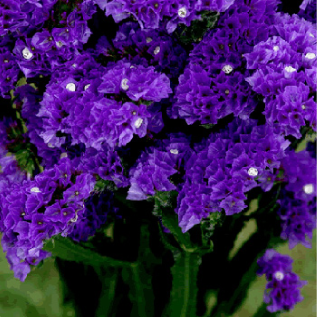
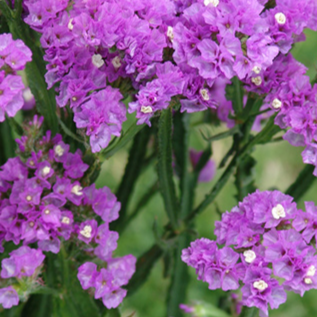
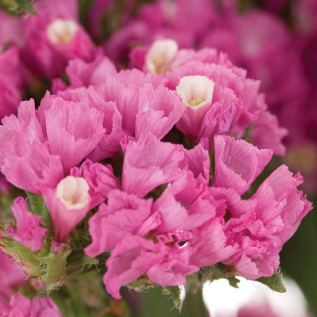
Annual vinca
You've gotta love annual vinca -- it really delivers. It will tolerate a wide variety of conditions and still keep it up with almost unreal-looking, glossy green flowers and pretty pink, lavender, or red flowers that look like tiny parasols.
Whether the summer is dry or wet, hot or cold, vinca plugs along unfazed. It makes a great container plant. Or plant it in a bed or border, grouping at least eight or more together for best effect. Plant established seedlings in spring after all danger of frost has passed. Vinca withstands drought but does best with moderate moisture. Fertilize occasionally. Like impatiens, this plant tends to be "self-cleaning" and needs little deadheading.
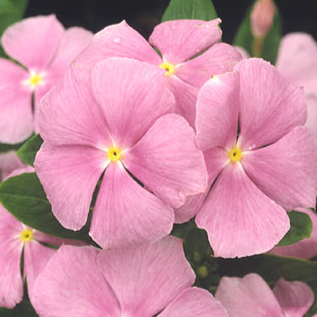
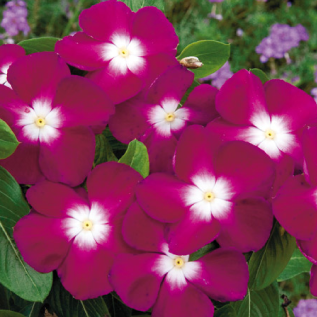
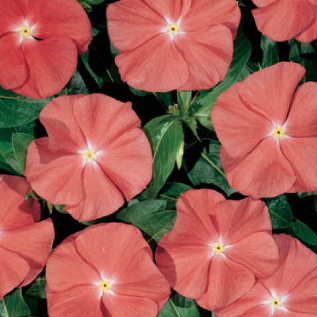
Bacopa
Bacopa was once an unusual flower, but in recent years it's become very popular in garden centers. And why not? It's adorable! This plant has long, cascading stems that smother themselves in tiny, perfect, five-petal flowers. It's become a favorite for selling in hanging baskets where its pretty trailing habit can be shown off. Also try in pots, planters, and window boxes.
Unlike many plants, bacopa doesn't tend to wilt when it gets dried out. Instead, it loses its flowers and may take two or three weeks to begin blooming again. Keep it evenly watered for continuous bloom.
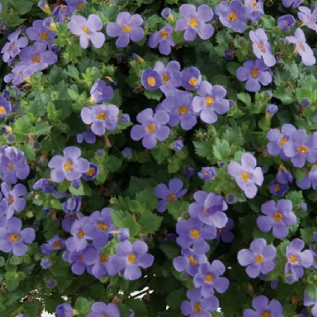
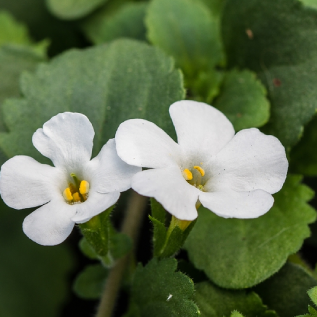

Anemone
Anemones are lovely, delicate flowers that dance atop slender stems, giving them their poetic common name -- windflower. Depending on the type, anemones bloom in spring, summer, or through fall with pretty, slightly cupped flowers in rose, pink, or white rising over distinctive, deeply lobed foliage.
Plants grow best in partial shade but tolerate full sun in Northern regions. If you're lucky, they'll be happy where they're planted. In some cases, you may even need to divide plants frequently to prevent them from overtaking neighboring perennials.
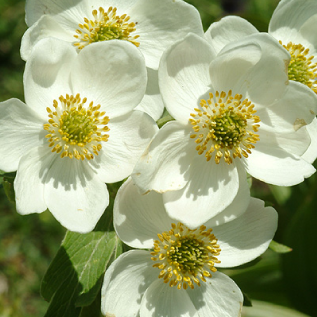

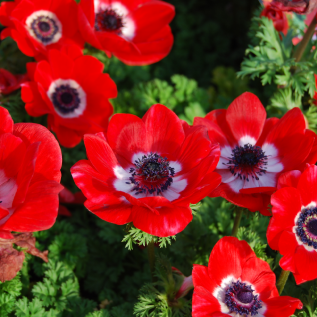
Baby's breath
Anemones are lovely, delicate flowers that dance atop slender stems, giving them their poetic common name -- windflower. Depending on the type, anemones bloom in spring, summer, or through fall with pretty, slightly cupped flowers in rose, pink, or white rising over distinctive, deeply lobed foliage.
Plants grow best in partial shade but tolerate full sun in Northern regions. If you're lucky, they'll be happy where they're planted. In some cases, you may even need to divide plants frequently to prevent them from overtaking neighboring perennials.
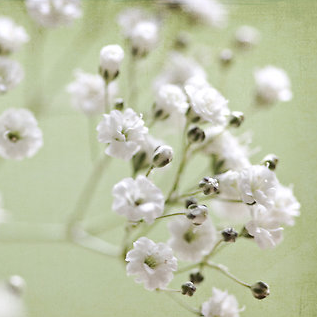
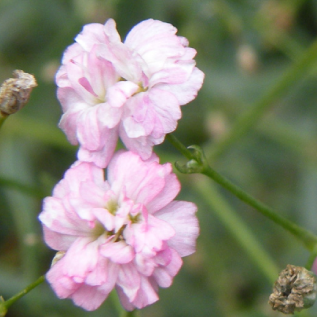

Balloon flower
The inflated buds of balloon flowers are fun to pop. And they make great cut flowers. Cut them in the bud stage, and sear the base of the stems to prevent the milky sap from seeping out and fouling the water.
Most commonly available in blue-violet, balloon flowers also come in pink and white, as well as shorter forms that are better suited for rock gardens and containers. In fall, the foliage of balloon flower turns clear gold, so don't cut the plant down too early -- enjoy the show! They tolerate light shade, but not wet feet or drought.

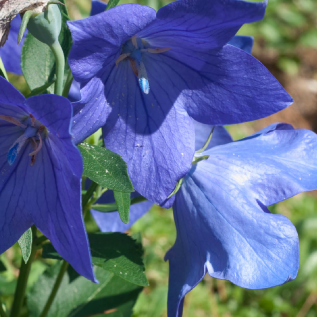

Cherry Trees
Autumn Cherry Tree. Kwanzan Cherry Tree. Okame Cherry Tree.

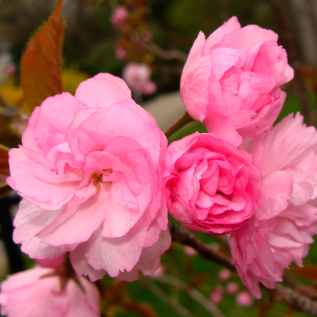
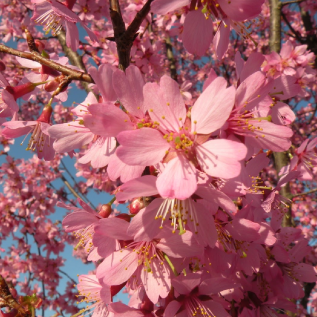
Evergreens
Various Evergreen Treens

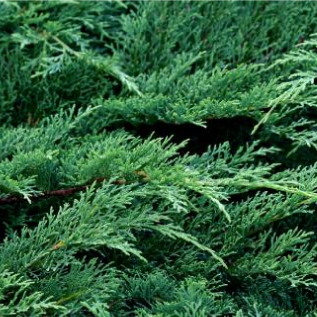
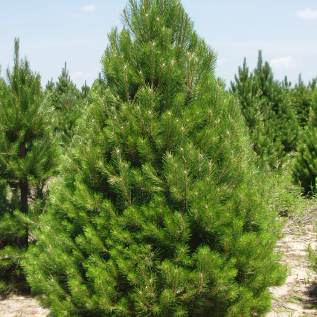
Bamboo Palm
Looking for a small palm that tolerates shade? Check out bamboo palm and its relatives. Most stay under 10 feet tall, so they fit perfectly in the yard. Try it as a foundation planting, at the back of the border to create a textural backdrop for your other plants, or as a unique hedge
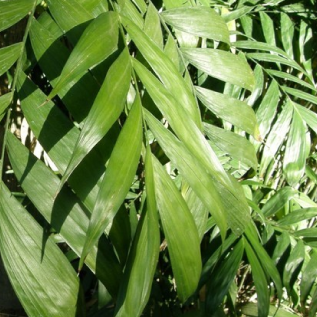
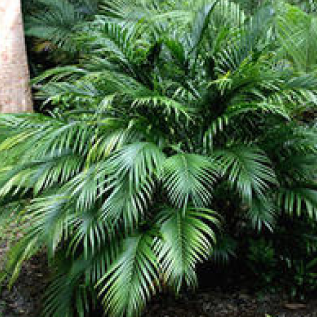
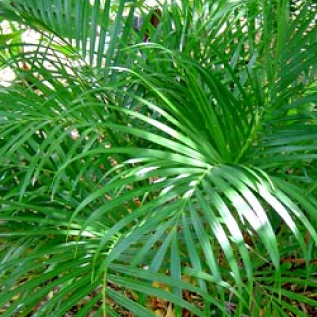
Barberry Shrub
Barberry paints the landscape with arching, fine-textured branches of purple-red or chartreuse foliage. In fall, leaves brighten to reddish orange and spikes of red berries appear like sparklers as the foliage drops. The mounding habit of barberries makes for graceful hedging and barriers, and the thorns protect privacy.
Japanese barberry is considered an invasive plant in the Eastern U.S. and the species is banned from cultivation in some places, so check local restrictions before
